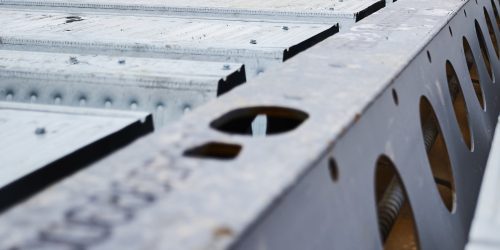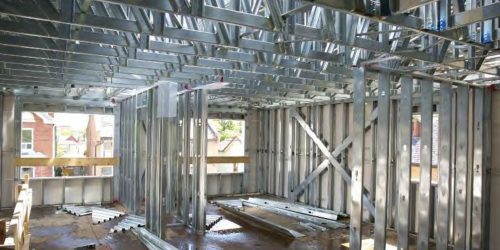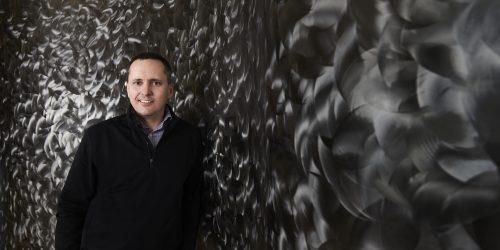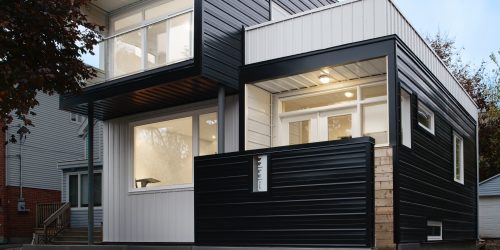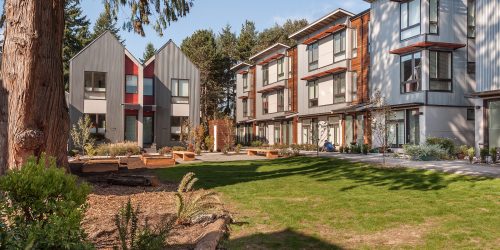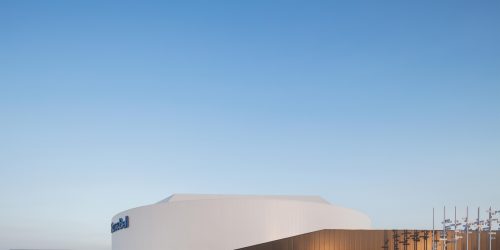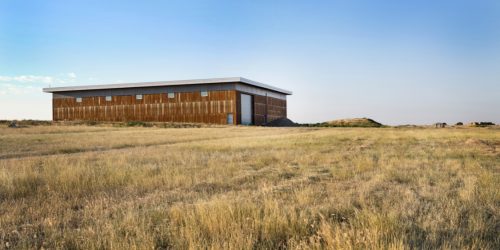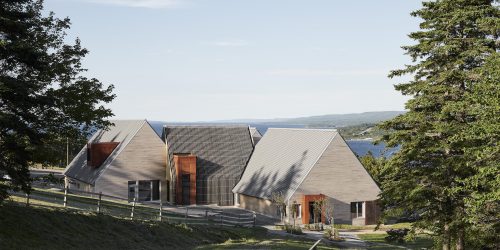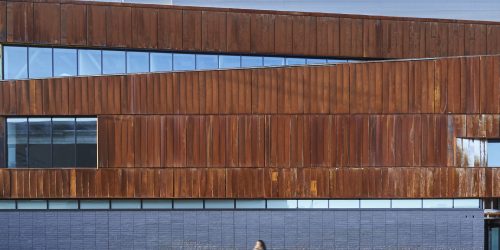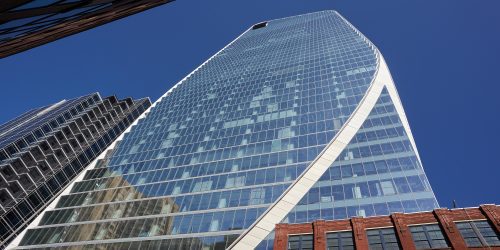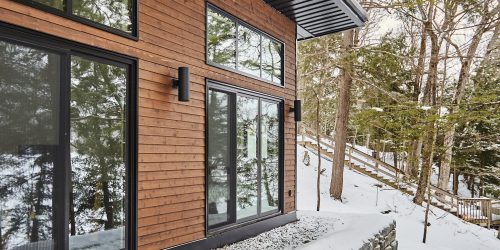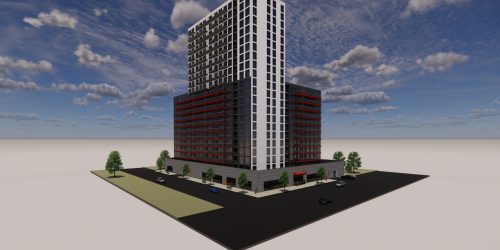Design Versatility, Ease of Installation and Resilience
The versatility of steel gives architects and engineers the freedom to achieve their most ambitious visions, and provides contractors with a highly engineered, high-quality building material. Steel is used in everything from industrial to iconic structures, and is particularly suited to mid-rise construction, where turnkey framing solutions for virtually any type of residential or commercial building project are available.
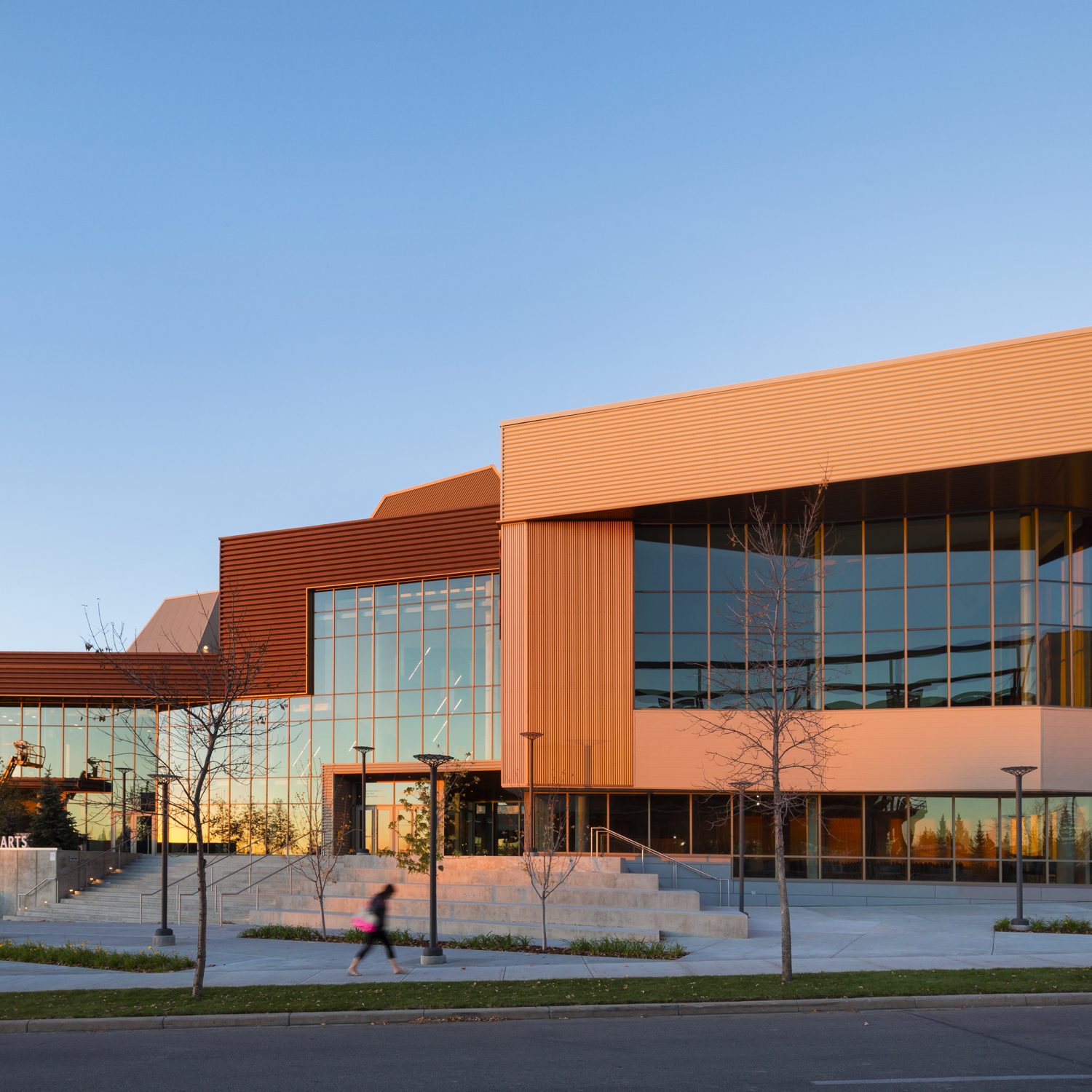
Steel offers consistently high-quality standards, precision products and guaranteed strength and durability in the most challenging environments. Steel is produced to the most exacting specifications under highly controlled conditions, eliminating the risks of on-site variability, which is an inherent disadvantage with other building materials.
Steel is dimensionally stable and can be manufactured to very tight tolerances, making it easier for engineers to use in building design, unlike softwood products which are susceptible to shrinkage due to varying moisture content and structural design properties that have recently been downgraded by up to 30% due to changes in wood resource mix.
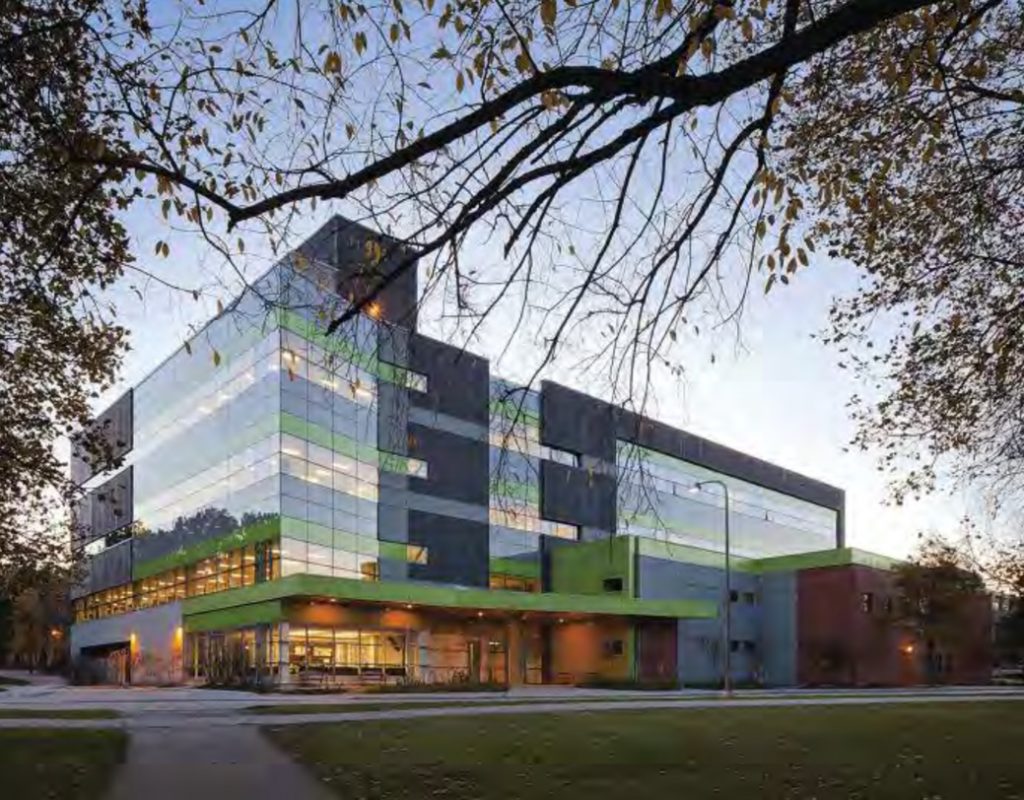
Steel design benefits include longer spans, larger bays and wider frame spacing than wood or concrete construction. This allows for maximized usable floor space and large interior spaces that can be constantly adapted to cope with changing requirements of occupants.
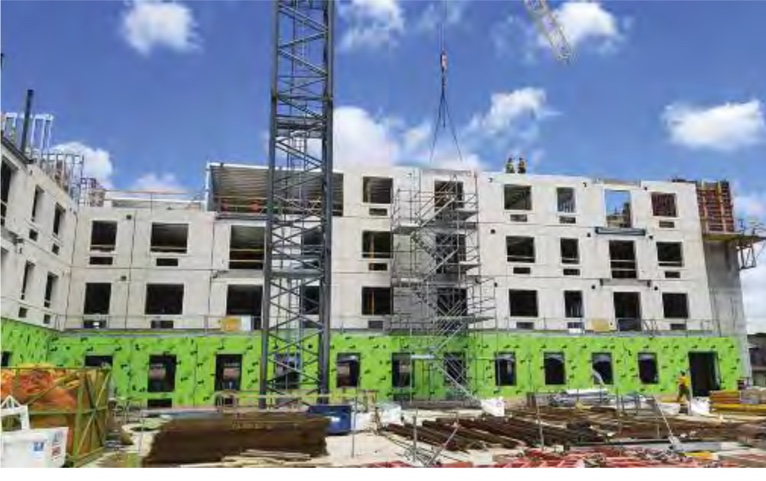
Steel lends itself well to prefabrication, where the assembly of the individual steel elements takes place offsite under controlled, highly regulated and safe factory conditions where leading-edge technology delivers precision engineered components.
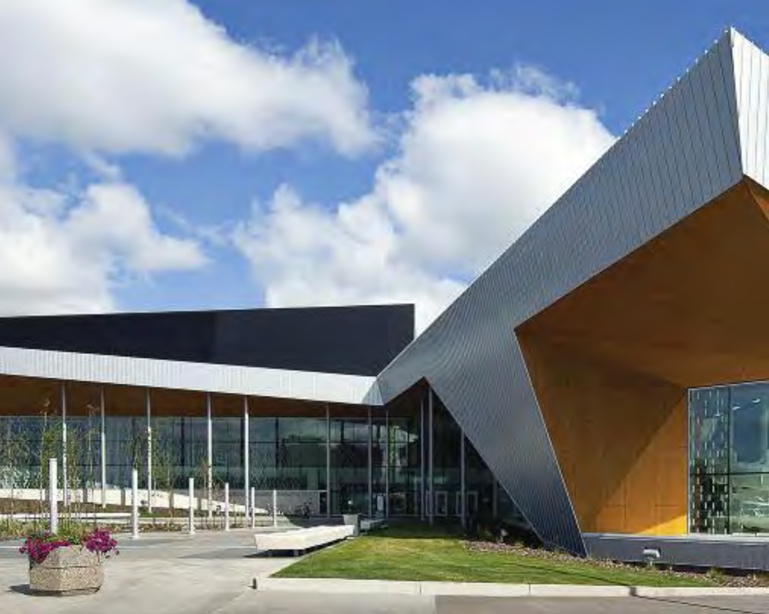
Steel structures can be erected speedily. The predictability and accuracy of steel components, in addition to just-in-time site delivery, speeds up the process and allows follow on trades to get to work sooner, resulting in quicker building completion and earlier occupancy.
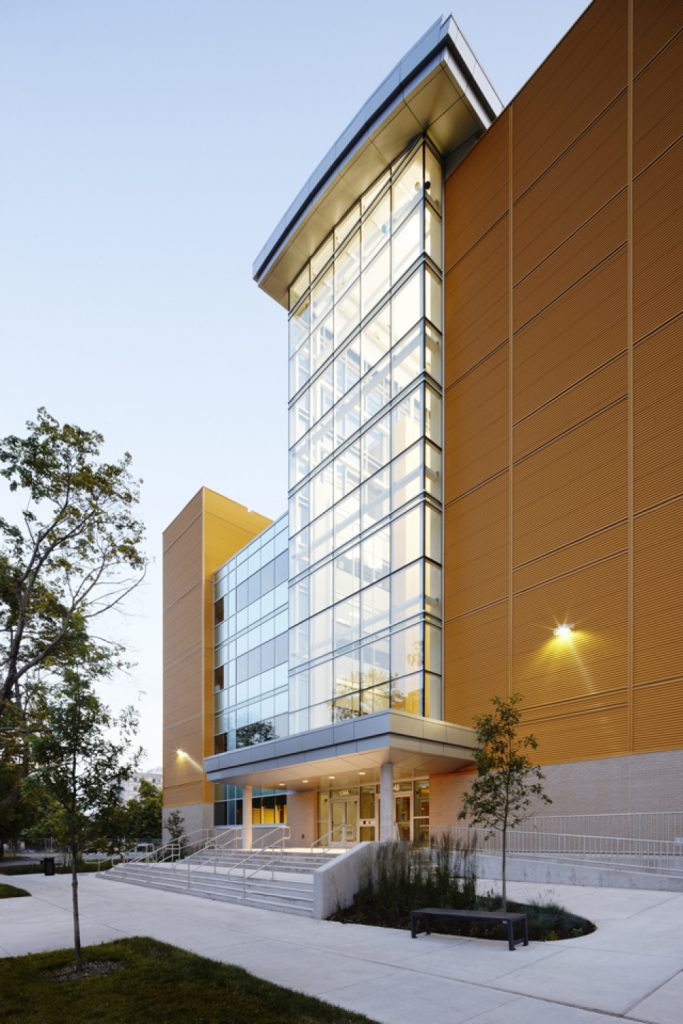
Steel framed structures are inherently ductile. Structures are designed to absorb energy produced by earthquake ground movement and wind by "flexing" or “deflecting” in varying degrees, depending upon the construction materials, design of the structure, quality of construction, level of engineering, and the applicable building code requirements.
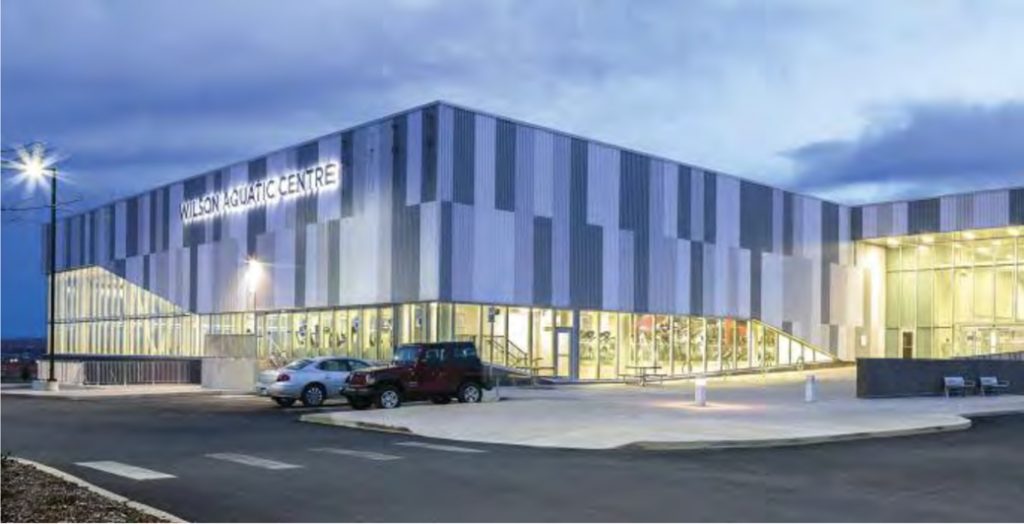
With consistent chemical and mechanical properties, steel behaves in a predictable manner when subjected to the structural loads imposed by high wind and seismic events. Bella Concert Hall and Taylor Centre for the Performing Arts.
